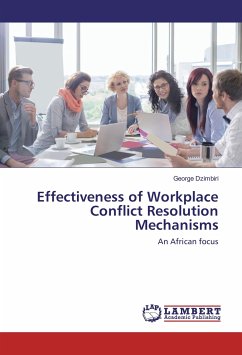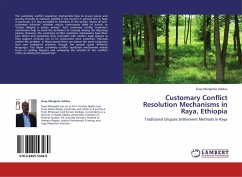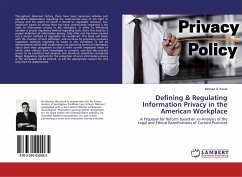Over the recent years, conflicts at the workplace in many countries have increased tremendously. With the escalation of these conflicts, many countries adopted a number of conflict resolution mechanisms in order to minimize and end conflicts. Much as conflicts are beneficial to a certain extent, excessive conflicts at the workplace are also detrimental to organizational productivity. Despite the adoption of various conflict resolution mechanisms, many countries including Malawi continue to experience workplace conflicts more than ever before. This book therefore, provides an evaluation of the effectiveness of conflict resolution mechanisms in terms of procedures, process and their efficacy. The study will help Industrial relations students, HR practitioners, administrators, Industrial relations court official,trade unionists, employers, employees and Ministry of Labour officials to appreciate the common causes of conflicts at the workplace, mechanisms of conflict resolution, challenges and their effectiveness.








